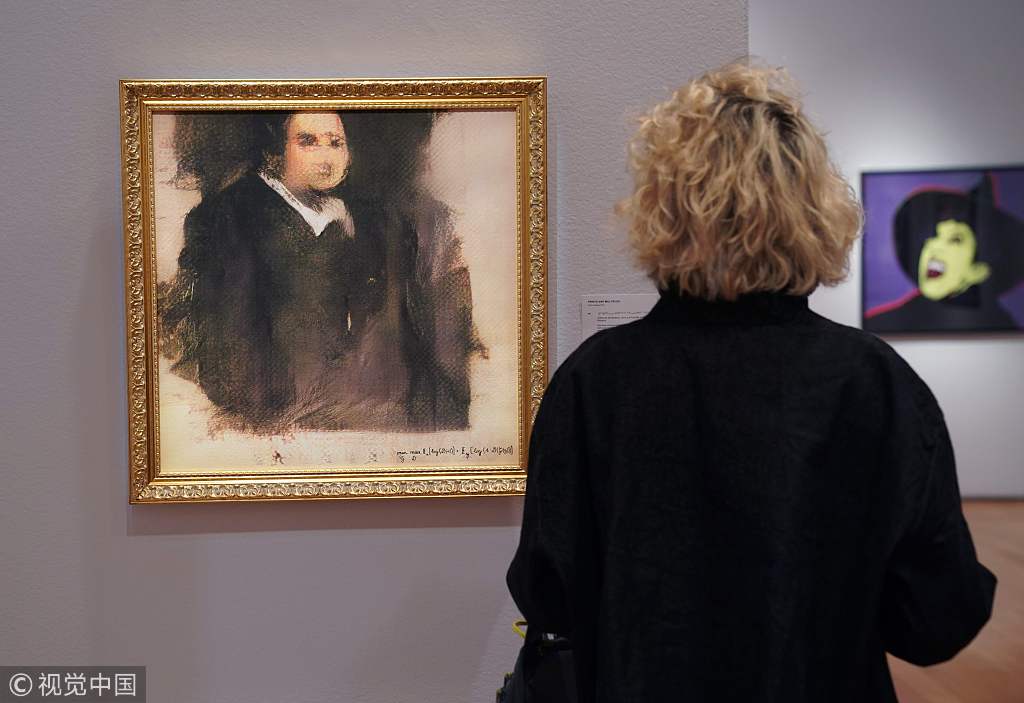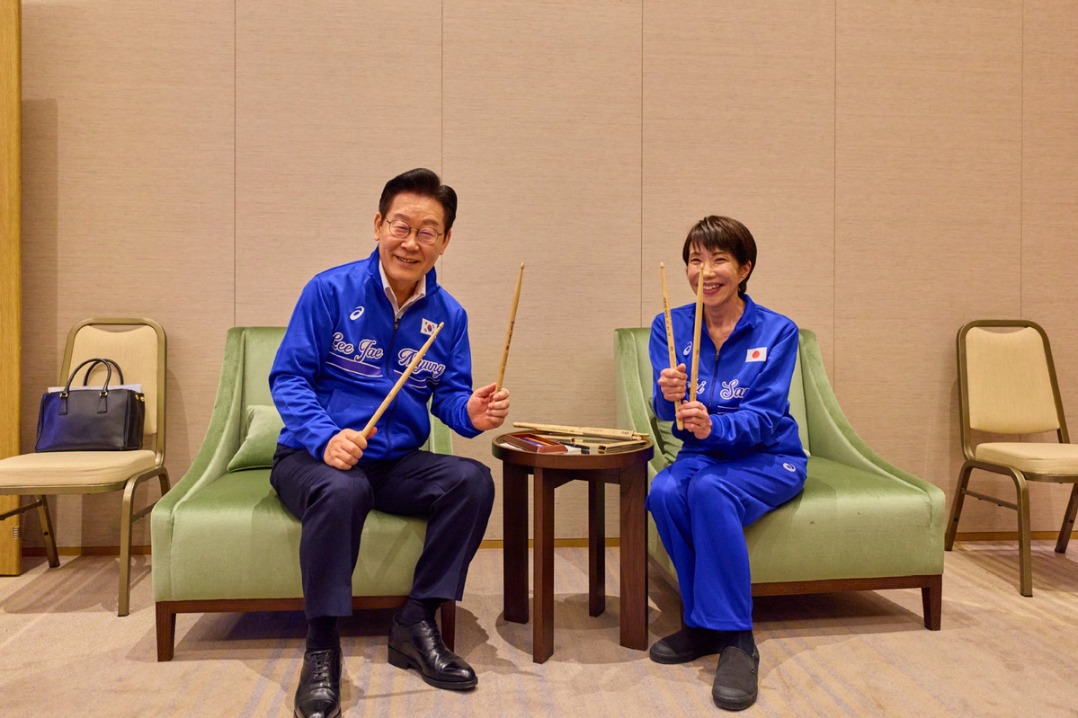First auction of AI artwork set for gavel


NEW YORK - Christie's, the auction house that has sold paintings by Picasso and Monet at record prices, was poised on Tuesday to set another milestone with the first auction of art created by artificial intelligence.
The AI-generated Portrait of Edmond Belamy depicts a slightly blurry, chubby man in a dark frock coat and white collar, and his off-center position leaves enough white space to show the artist's signature as "min max Ex[log(D(x))] + Ez[log(1-D(G(z)))]".
While the auction of machine-designed art is a first, some see the sale as yet another work of portraiture on the Christie's auction block.
"It may not have been painted by a man in a powdered wig, but it is exactly the kind of artwork we have been selling for 250 years," said Christie's sale organizer Richard Lloyd in a statement.
The portrait offered by Christie's for sale in New York from Tuesday to Thursday was created with AI programmed by the Paris-based collective Obvious, whose members include Hugo Caselles-Dupre, Pierre Fautrel and Gauthier Vernier. The work is estimated to fetch $7,000 to $10,000, according to the auction house.
The artwork was produced as an experiment "in the interface between art and artificial intelligence", Christie's said on its website. It was among several portraits produced by AI, all of them arranged in a fictitious Belamy family tree, including Baron de Belamy in a military sash and a countess in pink silks.
The AI method is called "generative adversarial network" or GAN, and involves a two-part algorithm. Caselles-Dupre, quoted on the website, said the two parts are the Generator and the Discriminator.
First, a set of 150,000 portraits painted between the 14th and 20th centuries was fed into a computer. Then the Generator made a new image based on that set, and the Discriminator tried to spot the difference between a human-made image and one created by the Generator.
"The aim is to fool the Discriminator into thinking that the new images are real-life portraits," Caselles-Dupre said.
Reuters

































